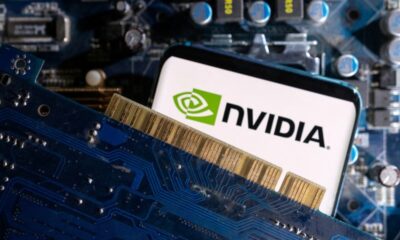Technology
World’s First GPT-3.5-Powered Robotic Receptionist

Technology
Apple’s own 5G modem-equipped iPhone SE 4 is “confirmed” to launch in March
Technology
Google is said to be discontinuing the Pixel Tablet 2 and may be leaving the market once more
Technology
Windows 11 PCs with Arm Processors now have an Official ISO for Clean Installations
-

 Business4 weeks ago
Business4 weeks agoAustal, a startup, has Raised $43 Million to Build a Massive sailing cargo trimaran
-

 Health3 weeks ago
Health3 weeks agoSamsung’s Android Health App Has Been Updated
-

 Technology3 weeks ago
Technology3 weeks agoApple has revealed a revamped Mac Mini with an M4 chip
-

 Sports3 weeks ago
Sports3 weeks agoDodgers Unveil Plans for Friday Parade and Stadium Celebration
-

 Science3 weeks ago
Science3 weeks agoAstronauts Confront Vision Challenges in Space with Upcoming Dragon Mission
-

 Business2 weeks ago
Business2 weeks agoMining waste is converted by a startup into vital metals for the US
-

 Science2 weeks ago
Science2 weeks agoSpaceX will launch 24 Starlink satellites from Florida on Monday
-

 Science1 week ago
Science1 week agoExosonic, a Startup, Experiences a Supersonic Explosion Before Failing














